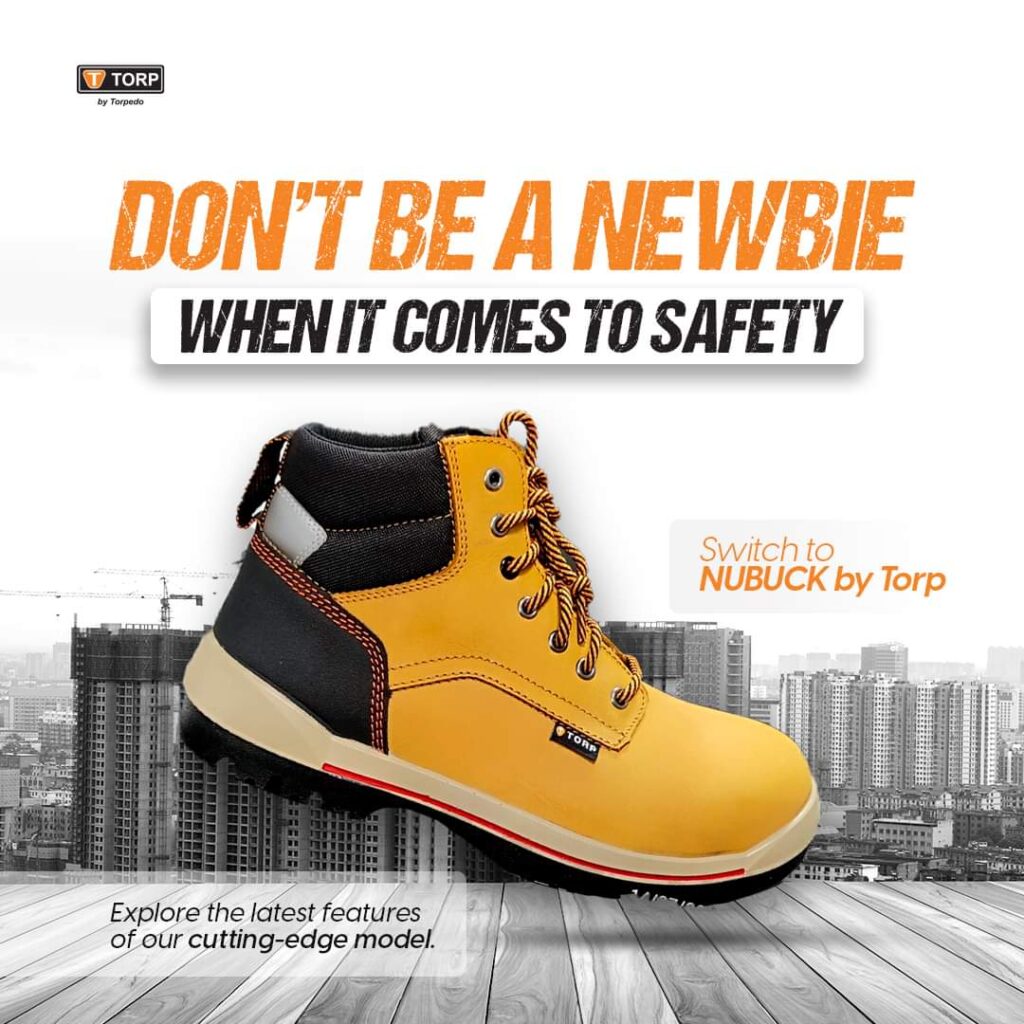
All You Need to Know About Safety Shoes
In the realm of workplace safety, ensuring the protection of your feet is paramount. Safety shoes, often an unsung hero of personal protective equipment (PPE), play a crucial role in safeguarding workers against various hazards. Whether you’re in construction, manufacturing, or any industry with potential foot-related risks, investing in quality shoes is a non-negotiable. In this guide, we’ll delve into the different types of safety shoes, how to correctly wear them, and why TORP Shoes stand out in the market.
Types of Safety Shoes
When it comes to safety shoes, there’s no one-size-fits-all solution. Different work environments demand different levels of protection. Here are some common types:
- Steel-Toe Boots: Perhaps the most ubiquitous type, steel-toe boots feature a reinforced toe cap to shield against impacts and compression.
2. Composite-Toe Boots: These offer similar protection to steel-toe boots but are made from non-metal materials like carbon fiber, making them lighter and sometimes more comfortable.
3. Electrical Hazard (EH) Rated Boots: Ideal for those working around electricity, EH-rated boots provide insulation against electrical shocks.
4. Slip-Resistant Boots: Designed with enhanced traction, slip-resistant boots help prevent slips and falls on slippery surfaces.
5. Chemical-Resistant Boots: For industries dealing with hazardous chemicals, these boots provide a barrier against spills and splashes.
6. Metatarsal Boots: Offering protection to the metatarsal bones, these boots guard against impacts and compression to the midfoot area.
How to Correctly Wear a Pair of Safety Shoes
Wearing safety shoes correctly is just as important as choosing the right pair. Here’s how to ensure a proper fit and maximize their protective capabilities:
- Choose the Right Size: Ensure your shoes fit snugly but comfortably, with enough room for your toes to wiggle.
2. Adjust Laces or Straps: If your shoes feature laces or straps, adjust them to provide adequate support and prevent your feet from slipping.
3. Wear Appropriate Socks: Opt for moisture-wicking socks to keep your feet dry and comfortable throughout the day.
4. Inspect Regularly: Check your shoes for any signs of wear and tear, such as cracks or punctures, and replace them as needed to maintain their effectiveness.
5. Break Them In: Allow some time to break in your shoes to ensure they conform to your feet’s shape and provide optimal comfort.
6. Follow Workplace Guidelines: Adhere to any specific workplace guidelines regarding the use and maintenance of shoes to ensure compliance and maximize safety.
Conclusion
When it comes to top-notch safety footwear, TORP Shoes consistently sets the standard. Engineered with cutting-edge materials and advanced technology, these shoes offer unparalleled protection and comfort. Whether you’re facing the rigors of a construction site or navigating hazardous industrial environments, TORP has you covered.
With features like reinforced steel toes, slip-resistant outsoles, and ergonomic design, TORP shoes provide peace of mind without compromising on style or performance. What sets TORP apart is its commitment to innovation and quality, ensuring that every pair of shoes meets the highest standards of durability and reliability.
In conclusion, safety shoes are not just a mandatory piece of PPE; they’re a crucial investment in your well-being on the job. By understanding the different types of safety shoes available and how to wear them correctly, you can stay protected and productive in any work environment. And when it comes to superior safety footwear, TORP Shoes stands tall as the brand of choice for discerning professionals.

